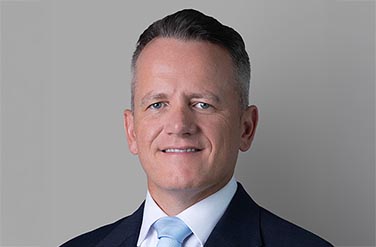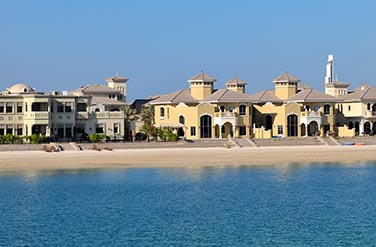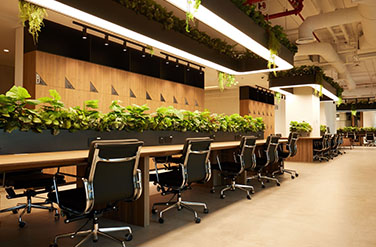Dubai, UAE, October 16, 2025: Cushman & Wakefield Core has released its UAE Logistics & Industrial Market Update 2025/2026, revealing that the country’s logistics and industrial sector is entering a new phase of accelerated growth as demand continues to exceed available supply across key hubs in Dubai and Abu Dhabi.
According to the report, Dubai and Abu Dhabi industrial rents rose by 18% and 13% year-on-year, respectively, while occupancy rates for Grade A assets average 95%. With most under-construction facilities witnessing strong pre-leasing interest, the UAE market remains undersupplied, underscoring the country’s role as a resilient, globally connected logistics hub and a magnet for institutional capital.
Dubai: Tight Supply, Rising Rents, Institutional Investment
In Dubai, Grade A rents surged 18%, driven by scarcity and sustained expansion from logistics, e-commerce, and 3PL operators. Demand is strongest in the 10,000–50,000 sqft range, reflecting a shift toward mid-sized, flexible facilities as occupiers optimise their networks amid limited new supply.
The report highlights that institutional developers, including Aldar, Sweid & Sweid, and Radius Group, are introducing a new wave of institutional-grade projects. Over 7 million sqft is under development for delivery over the next two to three years, primarily in Al Warsan and National Industries Park.
Despite the strong pipeline, pre-leasing demand remains high, and upcoming completions are expected to ease tenant pressure while reinforcing UAE’s position as a global logistics hub.
Abu Dhabi: Expanding Capacity, Strengthening Connectivity
Abu Dhabi’s market is benefiting from government-backed incentives, rental rebates, and utility subsidies, which are drawing new international occupiers. Prime industrial rents have grown by 13% year-on-year, with occupancy at 95% across Grade A stock.
The next wave of supply, led by KEZAD, ADAFZ, and Musaffah, will add more than 335,000 sqm of speculative space in 2025, followed by an additional 110,000 sqm in 2026. However, the report notes that much of this is already pre-committed, signalling continued tightness in the short to medium term.
Occupier demand is broad-based: Supply Chain & Logistics (27%), Oil & Gas (22%), and Manufacturing & SMEs (19%) lead requirements, supported by strong F&B and light-industrial expansion.
Market Insight from Cushman & Wakefield Core
Ben Rose, Director in the Capital Markets department, said: “Industrial real estate in the UAE has evolved from a secondary asset class into one of the region’s most strategically important sectors. We’re seeing strong institutional interest in logistics, warehousing, and manufacturing facilities, particularly those offering scale, sustainability, and proximity to key transport infrastructure. Despite limited availability, appetite for high-quality space remains unwavering, and that’s driving record pre-leasing activity across the country.”
Prathyusha Gurrapu, Head of Research, added: “This is a market defined by undersupply and momentum. Occupier demand is broad-based, spanning logistics, industrial production, e-commerce and consumer goods. However, what stands out is the level of pre-commitment on speculative developments. Tenants are acting early to secure the right space, and that confidence signals the UAE’s continued role as a global logistics hub. Looking ahead, new multimodal infrastructure and the expansion of key freezones will be critical in shaping the next phase of growth.”
Future Outlook: From Scarcity to Strategy
The report anticipates sustained growth through 2026, driven by infrastructure investment, including Etihad Rail, Al Maktoum International Airport expansion, and Khalifa Port connectivity, which are set to reshape multimodal logistics across the UAE and GCC.
Scarcity is prompting occupiers to adapt their strategies. Some are absorbing higher rents to remain in prime hubs, while others are turning to more affordable industrial zones in the Northern Emirates. Larger corporates are opting for build-to-suit developments to gain control and efficiency, and a few are delaying expansion until new supply enters the market. Yet across all segments, the sentiment is clear: the UAE remains the preferred base for regional operations, valued for its connectivity, stability, and business-friendly environment.





